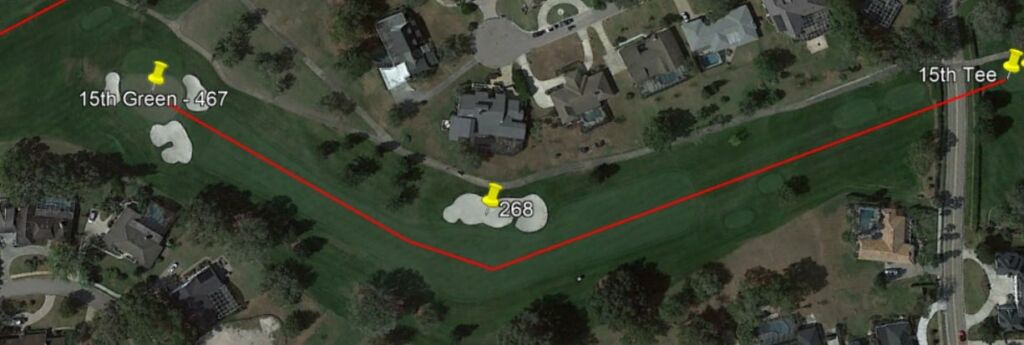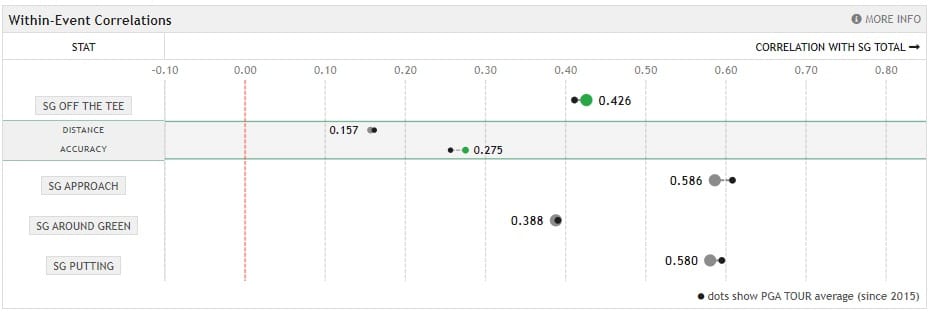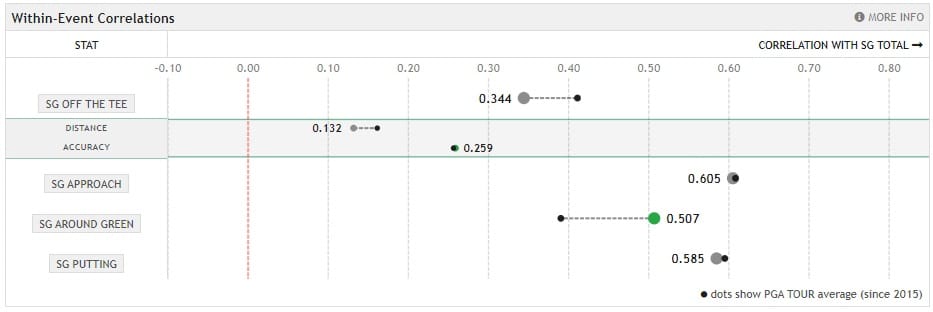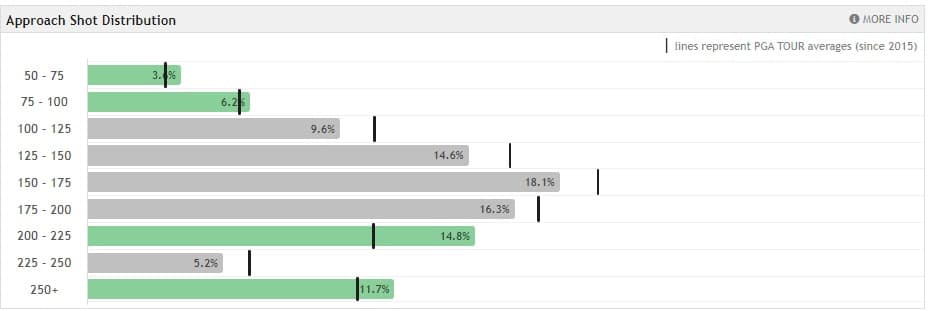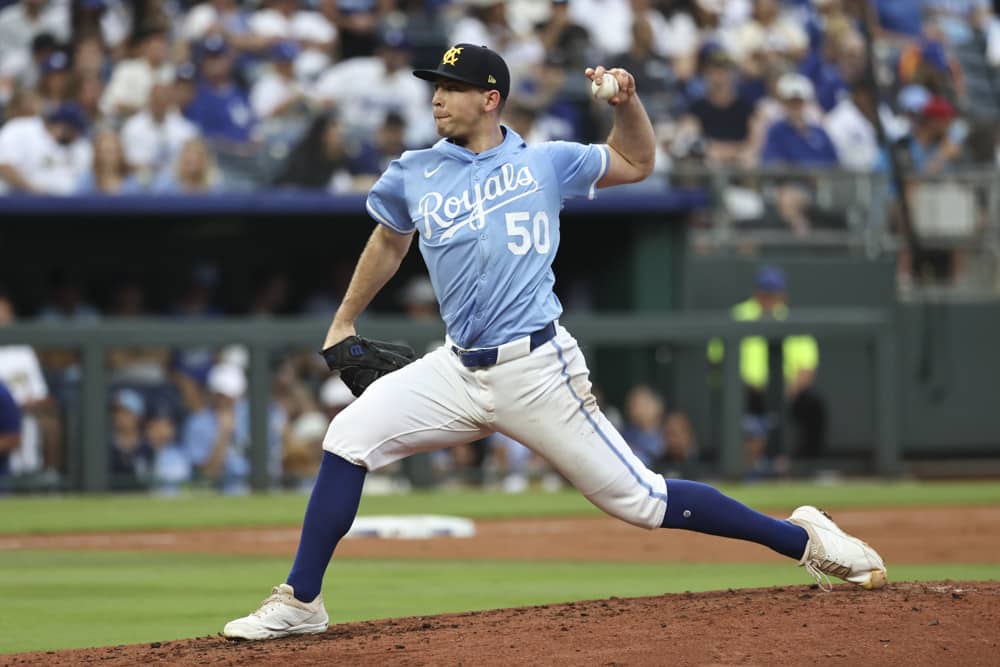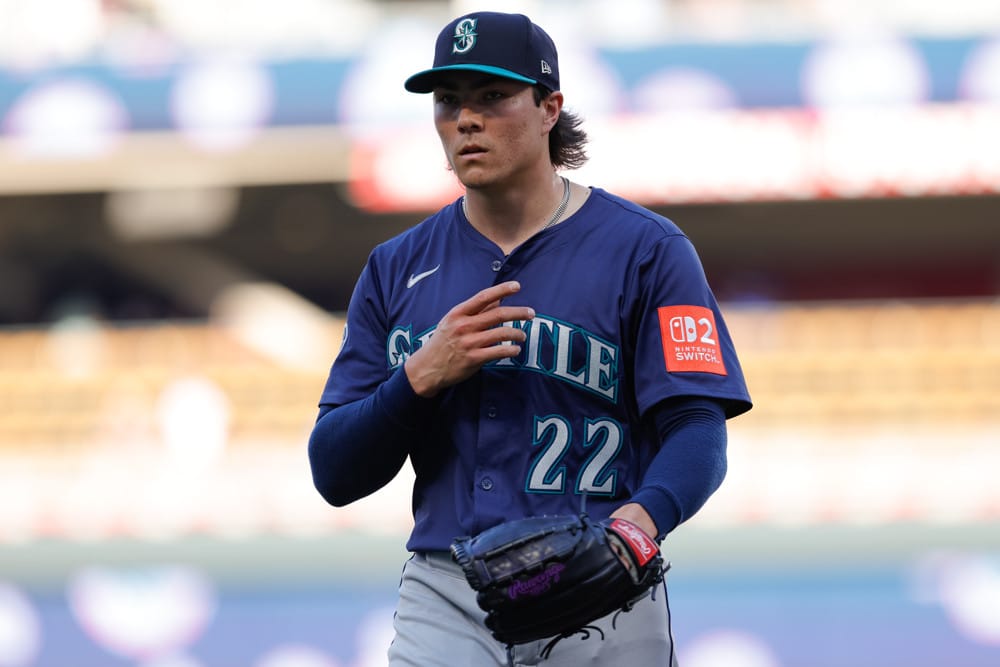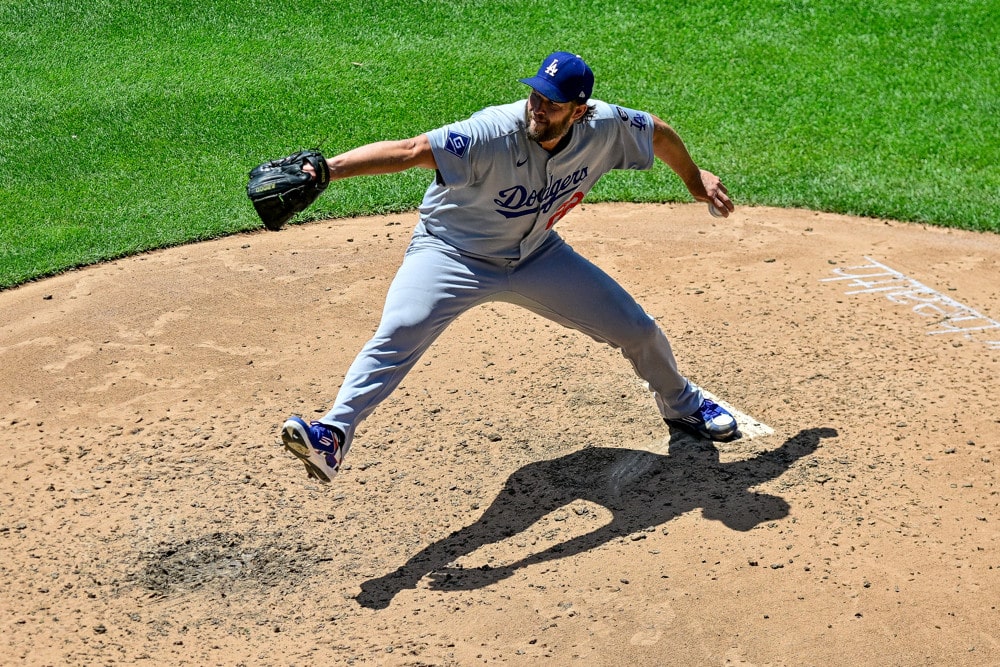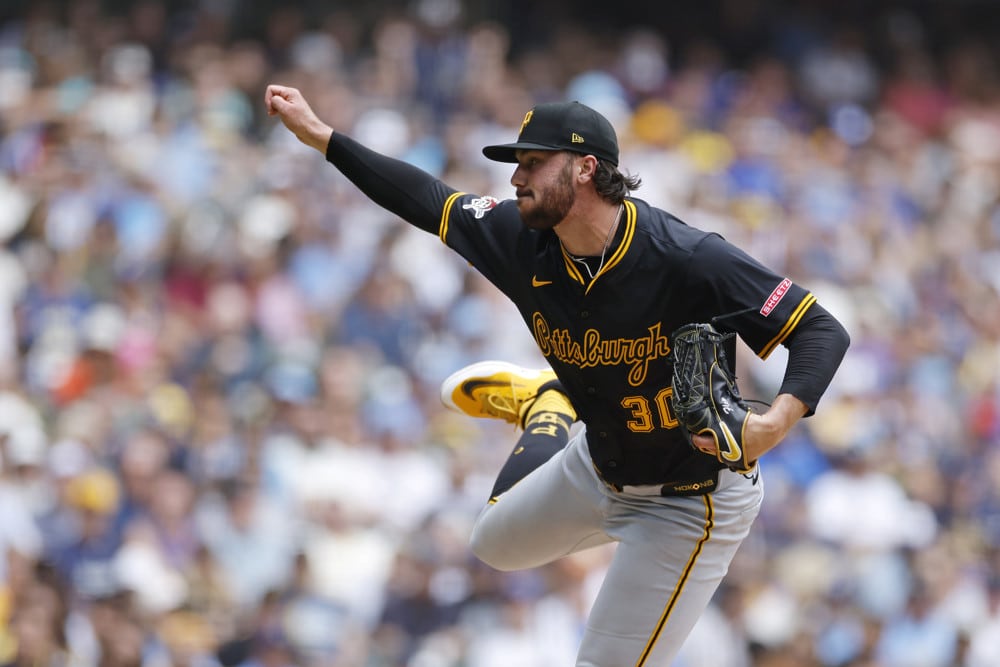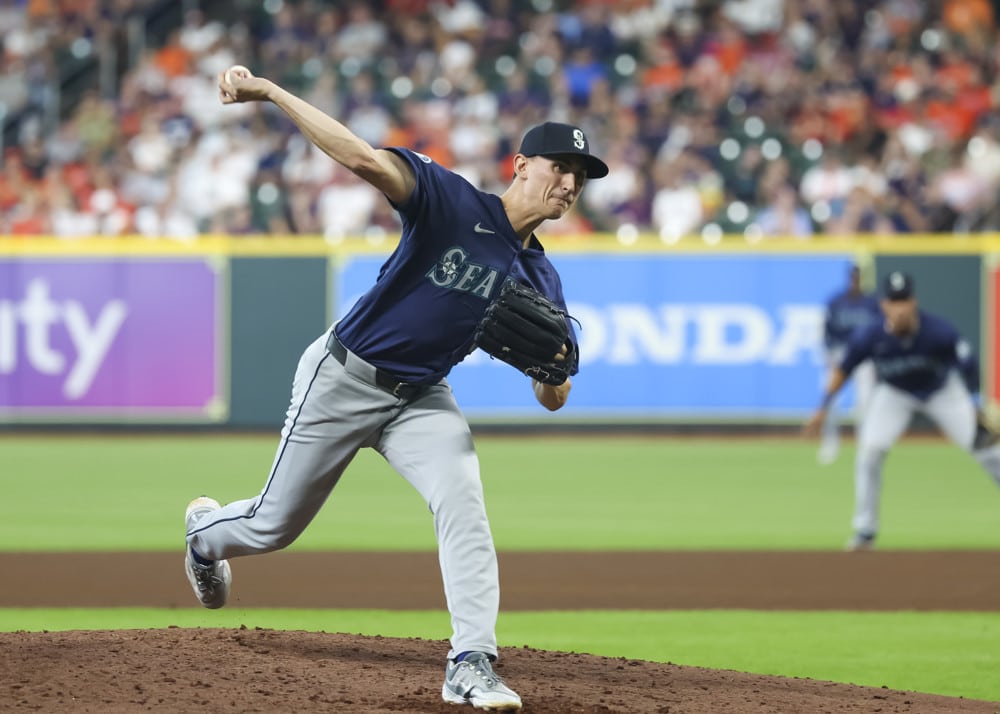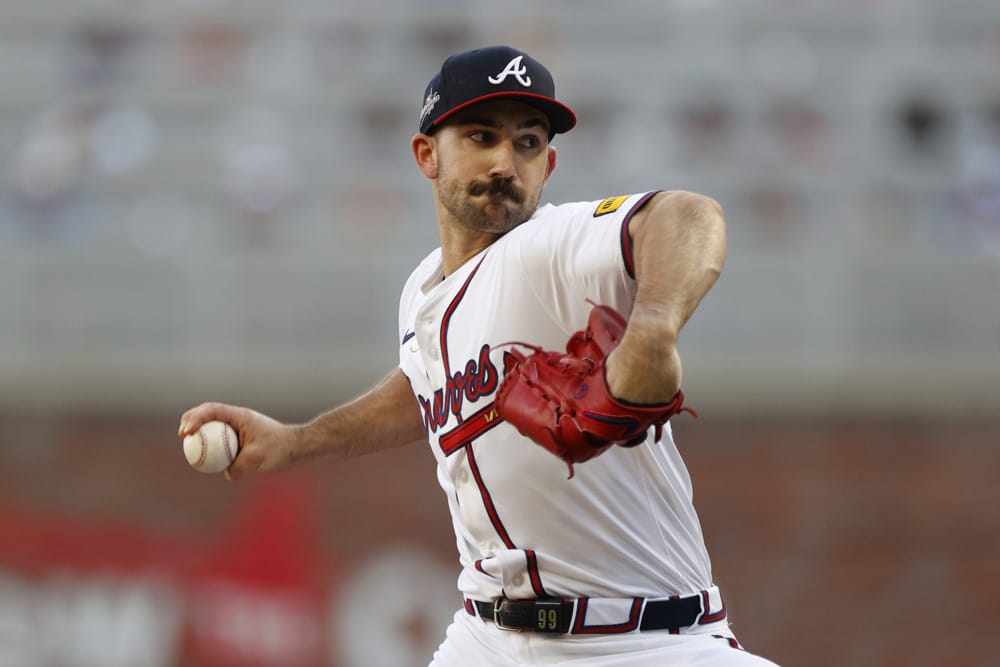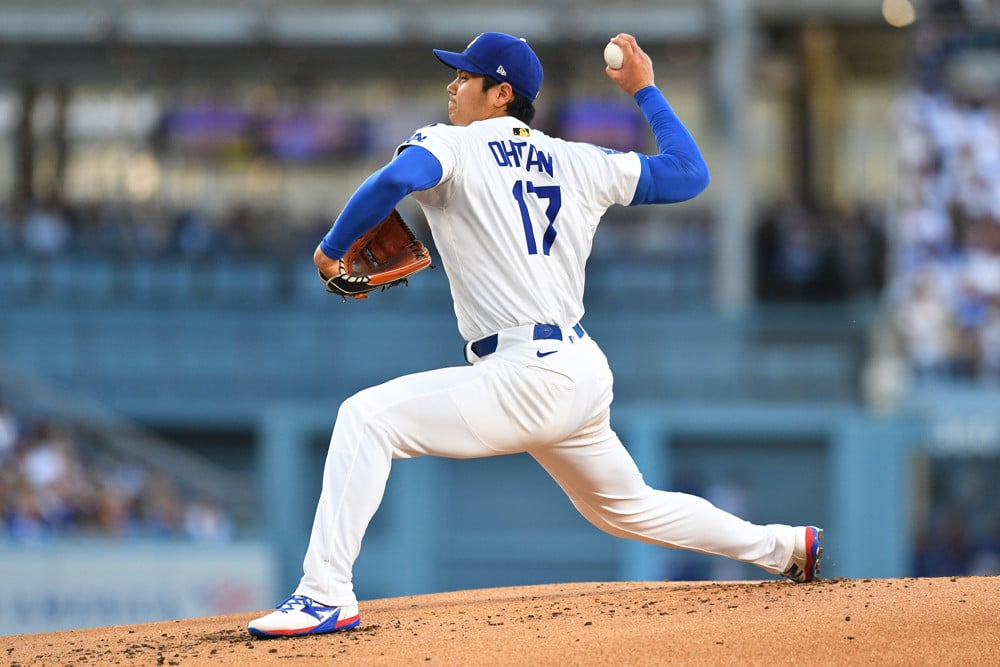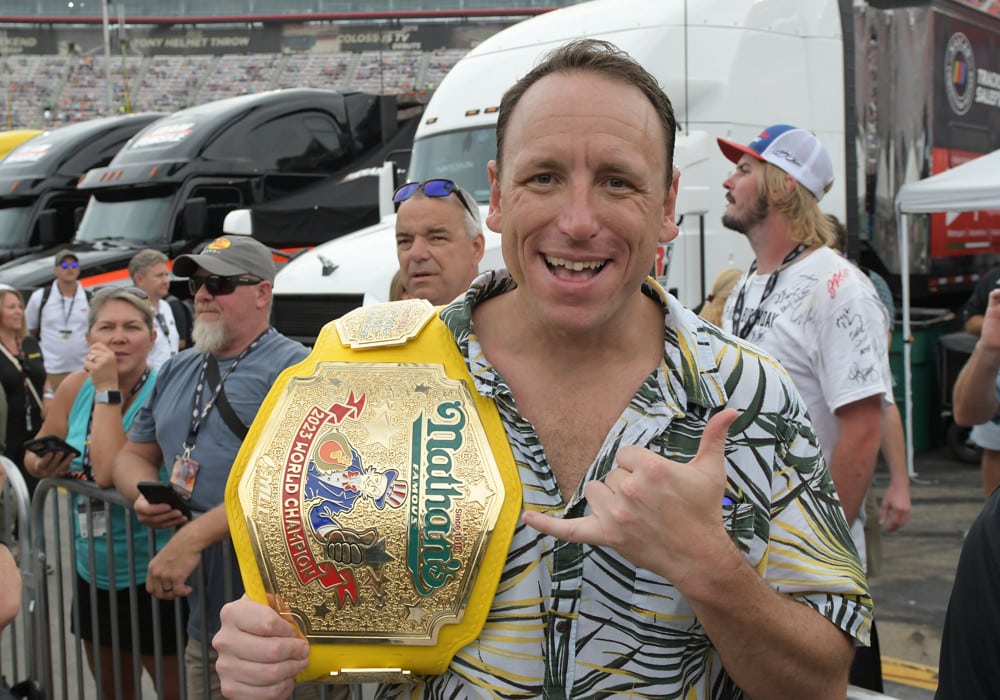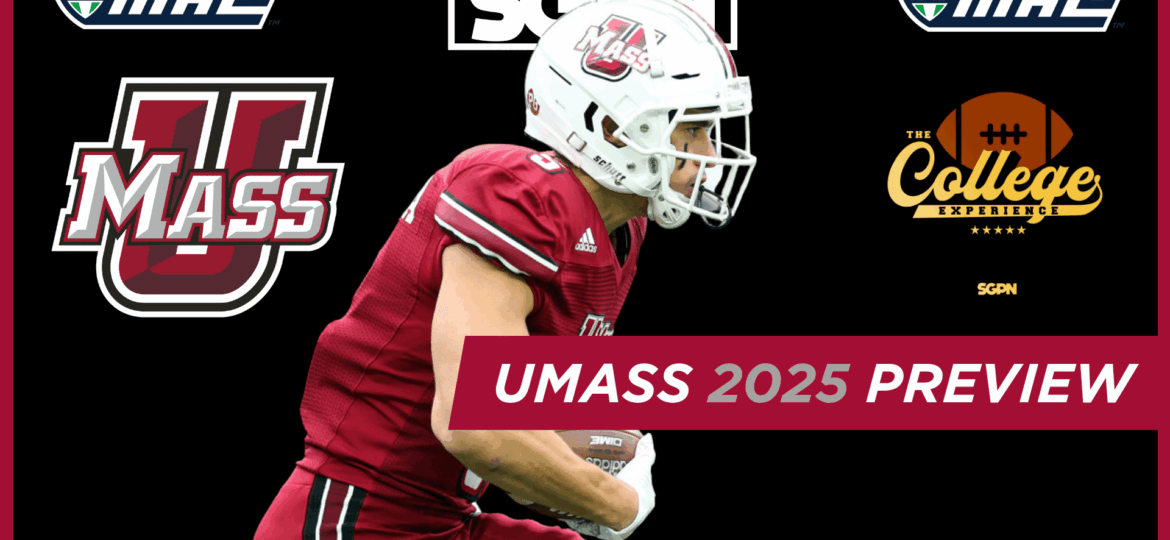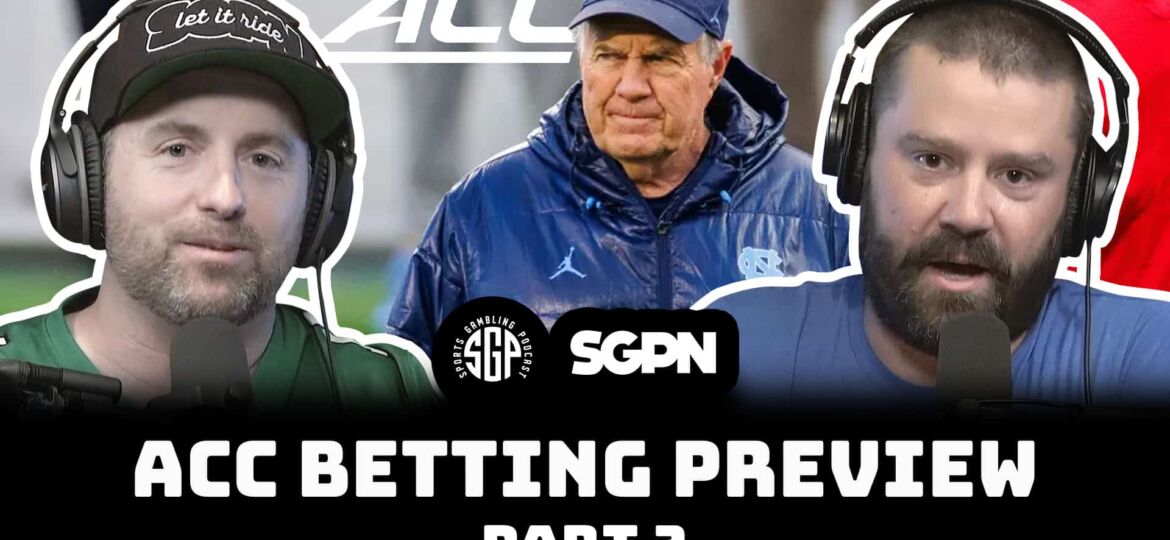The Florida Swing rolls on to a trip to Orlando, FL. This week, the PGA Tour heads to Arnie’s Place for the 2024 Arnold Palmer Invitational at Bay Hill Club and Lodge. As always, here is your early deep-dive of the 2024 Arnold Palmer Invitational and a preview of how to bet.
Go here for more Golf content!
2024 Arnold Palmer Invitational Preview
The Field
Once again, the PGA Tour offers up one of its signature events with a limited field of 70-80 of the best players in the world. After 36 holes, the Top 50 and ties (and anyone within 10 shots of the lead) will play into the weekend.
Highlighting the field is Scottie Scheffler. Like the past two seasons, Scottie is hitting the ball miles better than his competitors. His driving and iron play in 2024 has been superb.
But the putter continues to be a huge, huge issue. At some point, he’s going to putt well and win a tournament by 5. Will it be at a golf course he’s had so much success at? Time will tell.
Other notables in the field include Ludvig Aberg, Patrick Cantlay, Max Homa, Viktor Hovland, Rory McIlroy, Collin Morikawa, Xander Schauffele, Jordan Spieth and Justin Thomas.
For the full field, click here.
The Golf Course
In 1960, the golf course at Bay Hill was built. A group of businessmen from Nashville, TN, purchased the land from a man named Dr. P. Phillips, a noted citrus grower in the Orlando area. The land that now makes up the Bay Hill Lodge and Club was largely infertile due to a lack of nutrients in the soil.
Because it was unproductive, it was sold and repurposed as a golf course. Dick Wilson was the original architect of the golf course, and the course was sodded with Tiftway Bermuda grass. This was the first golf course seeded with this particular strain of Bermuda.
Arnold Palmer came to Bay Hill for the first time in 1965 and fell in love with the land and the golf course. He was so enamored with it that in 1970 he leased the golf course from the owners, and in 1975 purchased the golf course outright.
In 1979, he successfully negotiated with the PGA Tour to bring an official tournament to the club. It has hosted the tournament ever since.
The golf course has undergone a few renovations and changes throughout the years. Palmer sought to increase the playability of the golf course. His goal was to make it more welcoming for amateurs, yet still challenging for the PGA Tour professionals that visit the club every March.
Despite his best efforts, Bay Hill still plays like a beast to the amateur golfer. There aren’t many safe places for amateurs to lay up off the tee and avoid trouble.
Like many Florida golf courses, there are numerous water hazards to gobble up errant drives. Several holes either require a forced carry-over water or have it looming all the way down one side of the fairway. In addition, Bay Hill has a relatively thick rough.
However, for PGA Tour pros, this golf course feels a bit outdated. This golf course probably needs another renovation to adapt to the modern game.
Advancements in golf technology have taken many fairway bunkers out of play. In addition, players can feel confident about cutting dog legs or over large water hazards with ease (as Bryson did a few years ago). And angles don’t really matter with how these greens are shaped and contoured.
Besides water, the only other defense of the golf course is the wind. The prevailing north wind can make this golf course a bear. In years when it plays soft, and the winds are down, the winning score can approach -20.
But as the players saw the last few years, strong wind dries out Bay Hill in a hurry. The golf course can be played very firm and fast, and the greens turn extra crispy with significant wind.
If I can say something positive about it from a PGA Tour standpoint, is that the closing stretch of holes provides for some excitement:
15th Hole – Par 4, 467 Yards
This is a tough (and borderline unfair) tee shot. There’s almost no way for the pros to hold the fairway with a straight drive with less than driver. It’ll almost always bound into the left-hand rough.
That sets up a near-impossible long iron from deep, thick rough. But for bombers, they can cut the corner down the right side of the hole and shorten it considerably. Even if their drive ends up in the rough, they’ll hold a wedge in hand into the green.
16th Hole – Par 5, 511 Yards
A very reachable par 5, especially with a helping prevailing north wind aiding to carry distance. But birdie definitely isn’t a guarantee. Anything in the fairway bunkers is an automatic lay-up.
With water short, balls can find it and turn a surefire birdie into a bogey. And it’s a difficult green complex with a lot of back-to-front undulation. Anything in the back bunkers requires a very delicate shot out of them to get close to the pin for the birdie putt.
17th Hole – Par 3, 221 Yards
The first of possibly the two toughest closing hole stretches on the PGA Tour. This hole is a beast. Not only is it a long par 3, but it plays over water, over a huge greenside bunker, and into a stiff north wind.
Hitting the green in regulation is a fantastic feat, and players should run away with par. Bogeys or worse are very common on the 17th.
18th Hole – Par 4, 458 Yards
Another stiff test for the pros as they head to the clubhouse. Once again, the hole plays into the prevailing north wind to lengthen it significantly.
Players who miss the fairway to the left will have a very difficult time gouging out of the rough and onto the green. The approach shot into the green requires a forced carry over water and a rock wall onto a firm, severely sloping left to right green.
Overall, Bay Hill can be entertaining to watch as a fan of the PGA Tour. It’s fun seeing these guys go on tilt and struggle. But years from now, as I lay on my death bed, will I have regret should I never have played Bay Hill, lost a box of golf balls, and thrown a club into a lake? Probably not.
Betting Strategies
To begin the betting strategies for the 2024 Arnold Palmer Invitational, here is general information about Bay Hill Club and Lodge.
Yardage: 7,466 Yards
Par: 72
Fairway Width: ~30 yards on average
- In 2020, the fairways were narrowed for tournament play. This might have been in response to Rory McIlroy completely tearing the place apart in 2019. As a result, field driving accuracy rates that were historically in the mid 60’s plummeted into the mid 50’s. It was a significant change to how the tournament operated.
Average Green Size: ~7,500 sq. feet
- The greens at Bay Hill are on the bigger size for PGA Tour standards. However, when they play firm and fast it can be extremely difficult to keep the ball on the putting surface.
Agronomy
- Greens: TifEagle Bermuda – 12 on stimpmeter
- Fairways: Perennial ryegrass overseed
- Rough: Ryegrass Overseed – 3″
The greens are the same grass type as last week at PGA National. To recap all golf courses on the PGA Tour that feature non-overseeded TifEagle bermuda, here’s the full list:
- Plantation Course at Kapalua – The Sentry
- Sea Island – RSM Classic
- Albany – Hero World Challenge
- The Concession Golf Club – WGC Concession
- Bay Hill – Arnold Palmer Invitational
However, consulting general bermuda putting should suffice for handicapping purposes.
Past Champions
- 2023: Kurt Kitayama (-9)
- 2022: Scottie Scheffler (-5)
- 2021: Bryson DeChambeau (-11)
- 2020: Tyrrell Hatton (-4)
- 2019: Francesco Molinari (-12)
The last three champions could be considered as elite drivers who bomb the ball off the tee. That might lead gamblers to want to target bombers this week.
However, several recent contenders at the Arnold Palmer Invitational do not fit this characteristic. Players like Billy Horschel, Chris Kirk, Lee Westwood, Corey Conners, Andrew Putnam and Richy Werenski all were in the mix in recent API’s.
As the predictive skillset chart below will reveal, driving accuracy is a skill that is very predictive of success at Bay Hill. The notion this tournament can only be won through power isn’t totally true.
Average Scoring
- 2023: +0.61
- 2022: +2.04
- 2021: +1.09
- 2020: +2.40
- 2019: +0.32
- 2018: -0.01
Since changes were made to the golf course after the 2019 event, the golf course has played brutally more difficult than it once had. Part of this is due to course setup, as fairways have been pinched in and the golf course has shaved down some areas of rough around the green to funnel into collection areas for tough up and downs.
Another reason, however, is that the weather conditions have been very ideal for tough scoring. The last few years have seen very little rain either during or leading up to the tournament, which promoted firm conditions. And wind has played a factor in most API’s over the last four years.
Bay Hill is an absolute brute in windy and firm conditions. Players have a hard time keeping balls in the fairway. Greens become rock-hard and unreceptive. And the greens get lightning fast when they dry out.
These conditions need to be present in order to have a Bay Hill everyone knows and loves. If not, then it’ll play a lot more benign like it did last week at PGA National.
There are so many ways that Bay Hill can play brutally tough. For starters, it is a very difficult course for driving. Since 2015, Bay Hill ranks as 15th toughest off-the-tee of all golf courses played on the PGA Tour (including major venues). And since 2020, it has ranked as one of the top 5 toughest golf courses off-the-tee during each season.
As mentioned earlier, the fairways can be difficult to hold if they’re playing very firm. Because of how narrow they are, only a small deviation off line can send a ball bounding into the deep rough.
But there are some truly tough tee shots at the course. The tee shots on #3, #6, and #11 are really difficult due to the water lurking all the way down the left side of the hole. It is virtually impossible to keep the ball in the middle of the dog leg on 15, and for those who try and cut the corner OB awaits them on the right. Players must thread the needle perfectly to keep the ball in the fairway on 16. And there’s very little room to operate on 18.
It truly takes elite driving to do well at Bay Hill. Players who possess a great combination of length and accuracy off the tee will fare quite well at the golf course.
The approach shots at Bay Hill are also very difficult. Since 2015, Bay Hill ranks as the 8th most difficult approach shots of all golf courses played on the PGA Tour (including major venues).
Since 2017, it’s been one of the four toughest golf courses played for approach shots in each given season. And for the last four years, it’s been either the toughest or second toughest for approach shots on the PGA Tour.
Like tee shots, water comes into play on several critical approach shots. Water lurks greenside on 8 of the 18 holes. That automatically increases the degree of difficulty on the approach shots. And when the greens play really firm, it’s very difficult to get a ball to stop on the green. That’s why the green in regulation rate hasn’t been north of 57.5% in six of the last seven APIs.
And while on its face the greens and greenside surrounds don’t possess a high degree of difficulty for the average PGA Tour professional, under firm and fast conditions it’s very difficult (and at times almost impossible) to get up and down, particularly with the bunkers. Players have complained about their quality in the past.
And balls seem to plug in them more than the average bunker on the PGA Tour.
Overall, this is a stern test – if the weather conditions cooperate with it. If the golf course plays soft and doesn’t have a lot of wind, while ball striking will be a test, it should yield some lower scores than people might expect out of it.
Predictive Skillsets
Here is the relative skillset chart of the types of characteristics that are most predictive of success at Bay Hill (per DataGolf). This chart is a preview of the types of players one would expect to do well at the 2024 Arnold Palmer Invitational.
Quality driving is a very big predictor of success at Bay Hill. Long hitters generally have a leg up at Bay Hill when it comes to hard-to-hit fairways with thick rough that require a long approach shot into the green. On these holes, it helps to be quite long.
However, fairway finders also have a high correlation to success. Especially when the greens are playing really firm. Playing from the fairway is a bigger premium at Bay Hill than most other places on the PGA Tour. That’s why guys like Chris Kirk, Billy Horschel, and Corey Conners have found recent success at the golf course.
Good putters also generally find more success at Bay Hill than poor ones do. They’re a little better equipped to navigate its undulated and fast nature. Most recent winners at Bay Hill were either very good putters in general or were riding a hot putter entering into the week.
Lastly, around the green, skill isn’t something that’s highly predictive of success at Bay Hill. Prominent examples of players who are pretty terrible around the green yet still find tremendous success at Bay Hill include Bryson DeChambeau, Lee Westwood, Corey Conners, and Viktor Hovland.
Getting up and down at Bay Hill can often be a bit of a luck box. The playing field is leveled at Bay Hill around the green.
In Tournament Success
Here is a chart showing how players have separated themselves from the field at Bay Hill when compared to the average PGA Tour golf course over the last three years (per DataGolf).
This shows what skill sets are more rewarded in the tournament in order to fare better or worse than the field. And it’s a preview of what to expect at the 2024 Arnold Palmer Invitational.
2023
2022
2021
2020
Since 2020, generally speaking, how one does off the tee at Bay Hill has a higher impact on Total Strokes Gained on the field than the typical PGA Tour venue. Players who aren’t driving the ball well at Bay Hill are in a world of hurt.
It’s difficult to hit the green from the rough at Bay Hill. And the conditions around the green don’t allow guys to get up and down a lot. As such, the field separates a bit based on the best and worst drivers of the week.
And generally speaking, around the green play hasn’t had a big impact on the variance in Total Strokes Gained as the typical PGA Tour venue with the exception of 2022. That year, it was much more correlated to success at Bay Hill.
This might have to do with the fact that the tournament directors opted not to overseed the grass around the green at Bay Hill in 2022.
Because it was all bermuda, guys who were used to getting up and down from off that grass might have been able to separate themselves more than those who didn’t. That might be way around the green play, which had a higher sensitivity to total strokes gained than typical API setups.
As far as approach play and putting, they’re usually about as important to separating oneself at Bay Hill as it is at other PGA Tour venues. Nothing really to analyze in tournament in this respect.
Approach Shot Proximity
Here is the approach shot proximity buckets for Bay Hill (per DataGolf). This will preview what types of approach shots players are expected to hit at the 2024 Arnold Palmer Invitational.
Bay Hill has a significantly higher proportion of shots coming from over 200 yards than the typical PGA Tour venue. This is mostly found in the Par 3s, which all play about 200 yards or more the entire tournament.
And while shots between 125-200 yards will still be the most voluminous range players will hit into greens this week, the frequency is much lower than the typical PGA Tour setup.
Follow the tips in this preview, and one should put together a solid betting card and DFS lineup at the 2024 Arnold Palmer Invitational.




